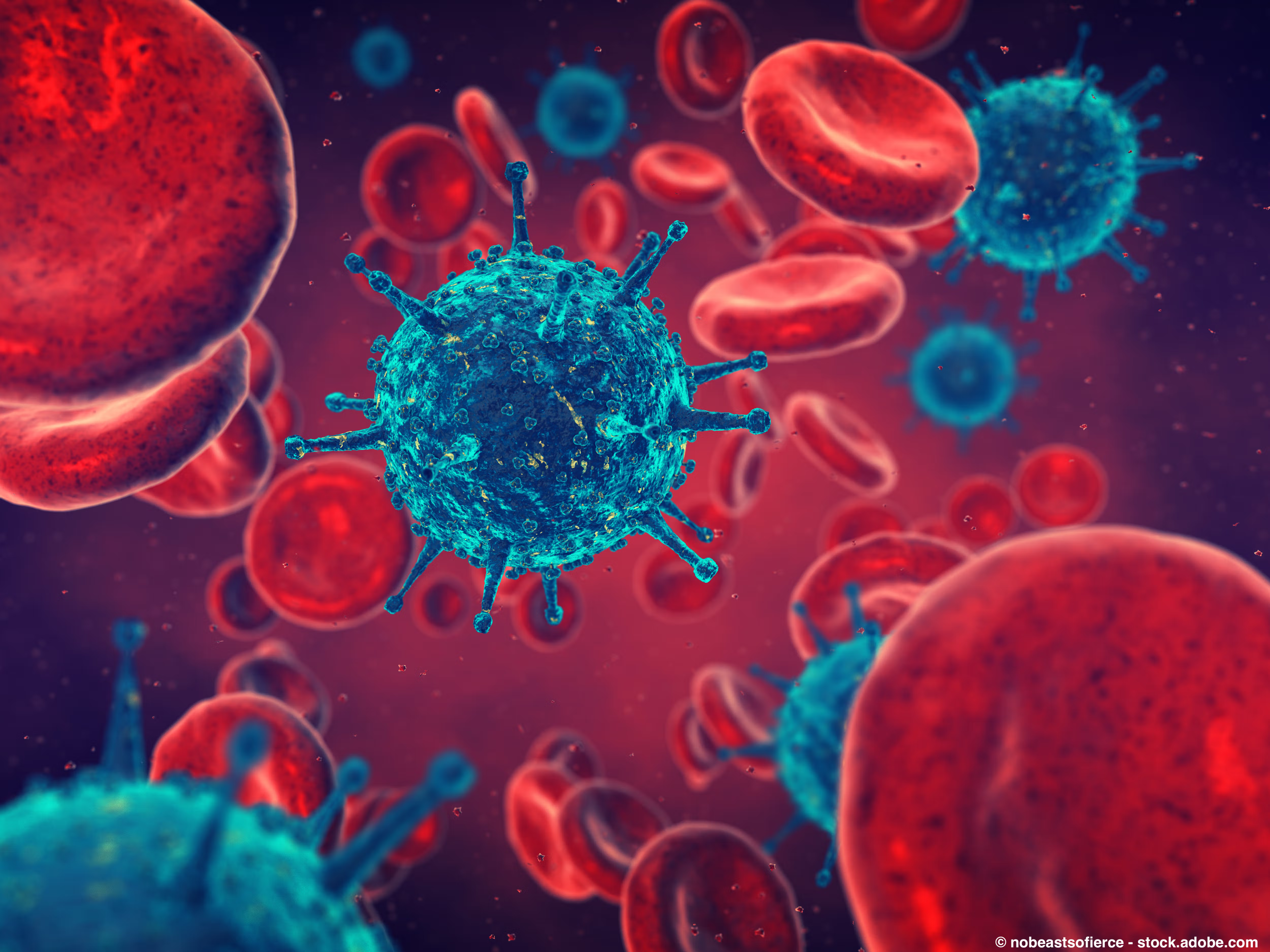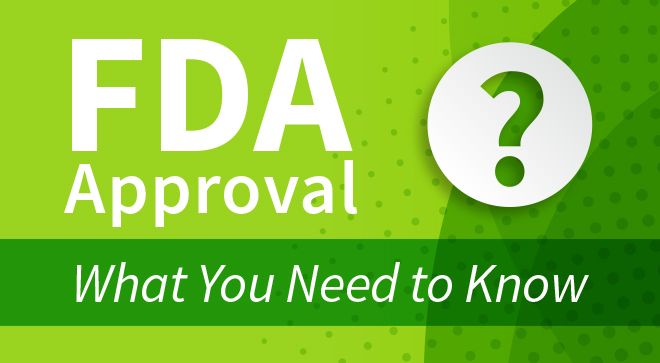Article
The Blood Clot That Changed My Life
Author(s):
Blood clots are more common in people with cancer than in those without, and new guidelines urge knowledge.
More than four years ago, five months into my life with stage 4 cancer, I had a health emergency that changed how I think about my own care, what I expect of my doctors, and my beliefs about the crucial importance of being well-informed and willing to speak up.
Late one Tuesday in May 2015, I noticed that my left arm and shoulder were a little tender. The next day, I noticed the area was a little swollen and still tender. I had been doing things that are possibly not the norm for someone in the midst of weekly Taxol treatments - gardening, hard workouts on the treadmill - and assigned the tenderness to those things. I did, however, leave a message with the nurses' line at my cancer center and expected a call back (that didn't come). I left a similar message on Thursday.
On Friday morning, the day of my oldest daughter's high school graduation, I showed my arm to my husband. My left forearm was somewhat swollen and discolored. I told him that I was worried enough to have called the cancer center. He backed up my gut feeling that I needed to have someone in the doctor's office take a look.
I called the cancer center again and left a message, but with a greater sense of urgency, and stated that it was my third call. The oncology nurse called back within an hour and asked me to come in immediately, which I did. I was quickly sent for an ultrasound and the technician reached my doctor as I lay on the table.
Those of you with more experience than I had at the time know what was happening. I had developed blood clots around the port inserted on my left side. My doctor told me over the phone in the ultrasound room that I was being admitted immediately. I was able to persuade my doctor that I absolutely had to see my daughter graduate and would come to the hospital first thing the next morning. To this day, I'm grateful that she agreed.
I did show up the next morning and I was promptly put on an IV anticoagulant, which I remained on for several days. On Wednesday, after five days in the hospital, my port was removed. Since then, I've been on a daily anticoagulant. The first was Lovenox (enoxaparin sodium) through self-administered injections, and now one of the new oral medications.
This experience forced me to think about what kind of patient was I going to be, and it wasn't one who would be satisfied following doctors' orders without also informing myself. That's how I happen to know that the American Society of Clinical Oncology (ASCO) very recently updated its guidelines regarding the use of anticoagulants for prevention and treatment of venous thromboembolisms (VTEs; a blood clot that arises in a vein) in people with cancer. Recommendation 6.2 says, in part, "Oncologists and members of the oncology team should educate patients regarding VTE…"
This, to me, is the most important piece of the guidelines because without knowing that blood clots are a greater risk with cancer, patients may be more likely to dismiss or ignore the symptoms.
VTEs and deep vein thrombosis (DVT; dangerous blood clots that tend to develop in the leg) can happen with cancer both because of genetic changes that occur and because of certain treatments. Research on DVTs shared by the Surgeon General and others indicates a risk between to 5% and 20% of patients with cancer.
What I wish I had known:
- Blood clots are more likely to occur in people with cancer than in those without cancer.
- Blood clots don't only occur in legs.
- Blood clot symptoms include swelling, pain and/or tenderness, discoloration, and warmth to the touch.
- Always be persistent if you believe something is not right with your body.




